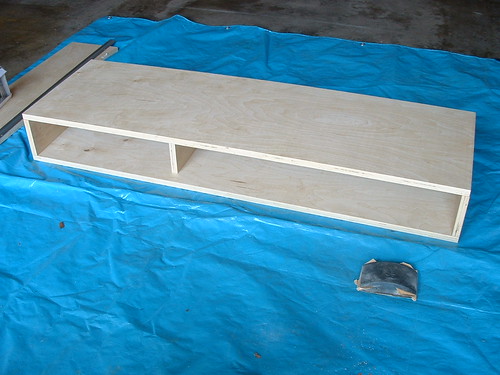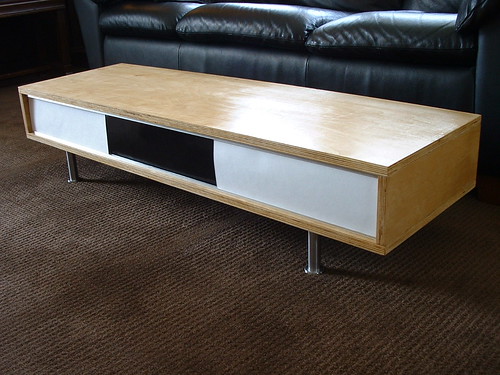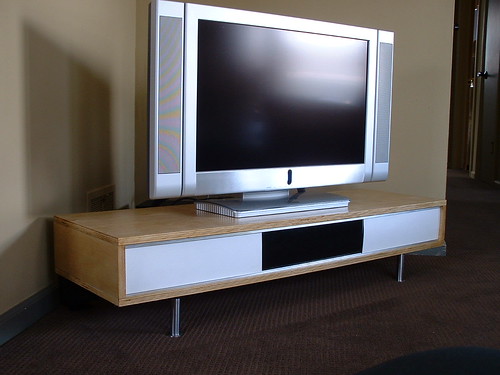I've had two Ikea Emmabo Rocking Chairs on my deck for a couple of years, but earlier this spring the weathering finally took it's toll. A small rip in one chair forced me to only use the other, which eventually led to a huge rip in it as well. The fabric is durable, and I put them in the garage for the winters, but they're just not suitable for outdoor use. Perhaps they'd be fine if I had a covered deck, but they cannot withstand exposure to the sun and rain.
After failing to find replacement covers, I decided to forgo using fabric altogether and use wooden slats instead. For less than $40US for each chair, I recycled the metal frame and transformed these Emmabo chairs into a far more rugged version that will last for years.

This is where I ripped it a new one

The frame was still in great shape

The lumber is 1x2 pressure-treated for outdoor use. They are sold in 8'-0" lengths for $1.78 each at Home Depot. Cheap! I purchased 8 and had them cut at the store to 24" lengths. The palm sander was used to smooth the edges and tops.
 I used 3/4" cable clamps, which are for electrical use but fit the rod of the Emmabo frame perfectly. The screws are brass, which won't rust and can be used with this type of wood.
I used 3/4" cable clamps, which are for electrical use but fit the rod of the Emmabo frame perfectly. The screws are brass, which won't rust and can be used with this type of wood.

Only one coat of black-brown ebony stain was needed

The stain dried outside for 24 hours

To attach the fasteners, I laid one slat across the frame, placed a cable clamp to the frame beneath each end of the slat, then marked and pre-drilled a small hole for the screw locations. With one slat pre-drilled, I used it as a template to mark and pre-drill the remaining slats. This made assembly much faster.

Assembling the fasteners
 One slat required a special method for it's fastener. To accommodate a bulge in the frame, I had to overstretch the plastic cable clamp. Instead of one screw it required two.
One slat required a special method for it's fastener. To accommodate a bulge in the frame, I had to overstretch the plastic cable clamp. Instead of one screw it required two.

Assembling the slats with the chair on it's side made it easier

Complete!
Ready for the KS weather
























